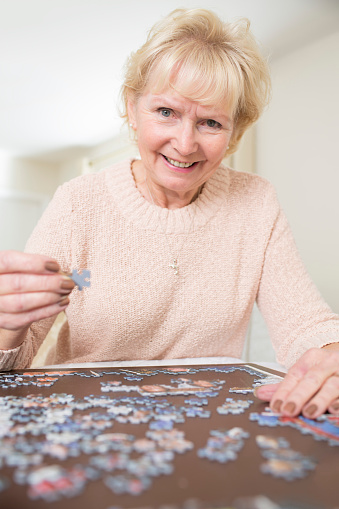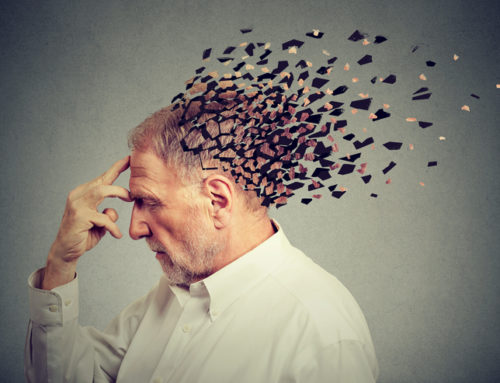According to Alzheimers.org, there is an estimated 5.5 million Americans living with Alzheimer’s dementia in 2017—an estimated 5.3 million are age 65 and older and approximately 200,000 individuals are under age 65 and have younger-onset Alzheimer’s.
Because Alzheimer’s disease makes up as much as 50 to 70% of all dementia cases, the term Alzheimer’s and dementia are commonly referred to interchangeably—symptoms of Alzheimer’s include impaired thought, impaired speech, and confusion.
But regardless of whether a person has dementia or Alzheimer’s, there are activities and protocols that can be implemented into their daily lives to help with the progression of symptoms and memory loss, as well as helping to keep the patient occupied and anxiety free.
Each dementia/Alzheimer’s patient progresses differently with their memory loss and own set of unique circumstances. In order to address these individually, there are varying types of games and puzzles that can not only keep them occupied, but these aids can also help to keep their minds active.
It is not uncommon, particularly during the nighttime hours, for a dementia patient to become agitated, anxious or restless. And, as a caregiver, it can be quite stressful to find alternative ways to keep them calm.
Distraction is always a good place to start. This could include taking them out for a walk or introducing items that are good for tactile sensory
And since there is no known cure at this time for Alzheimer’s, the best one can do is to find the outside resources, activities, aids and such, to help navigate this most difficult disease.
Sources: alzheimers.org, alzheimers.net





